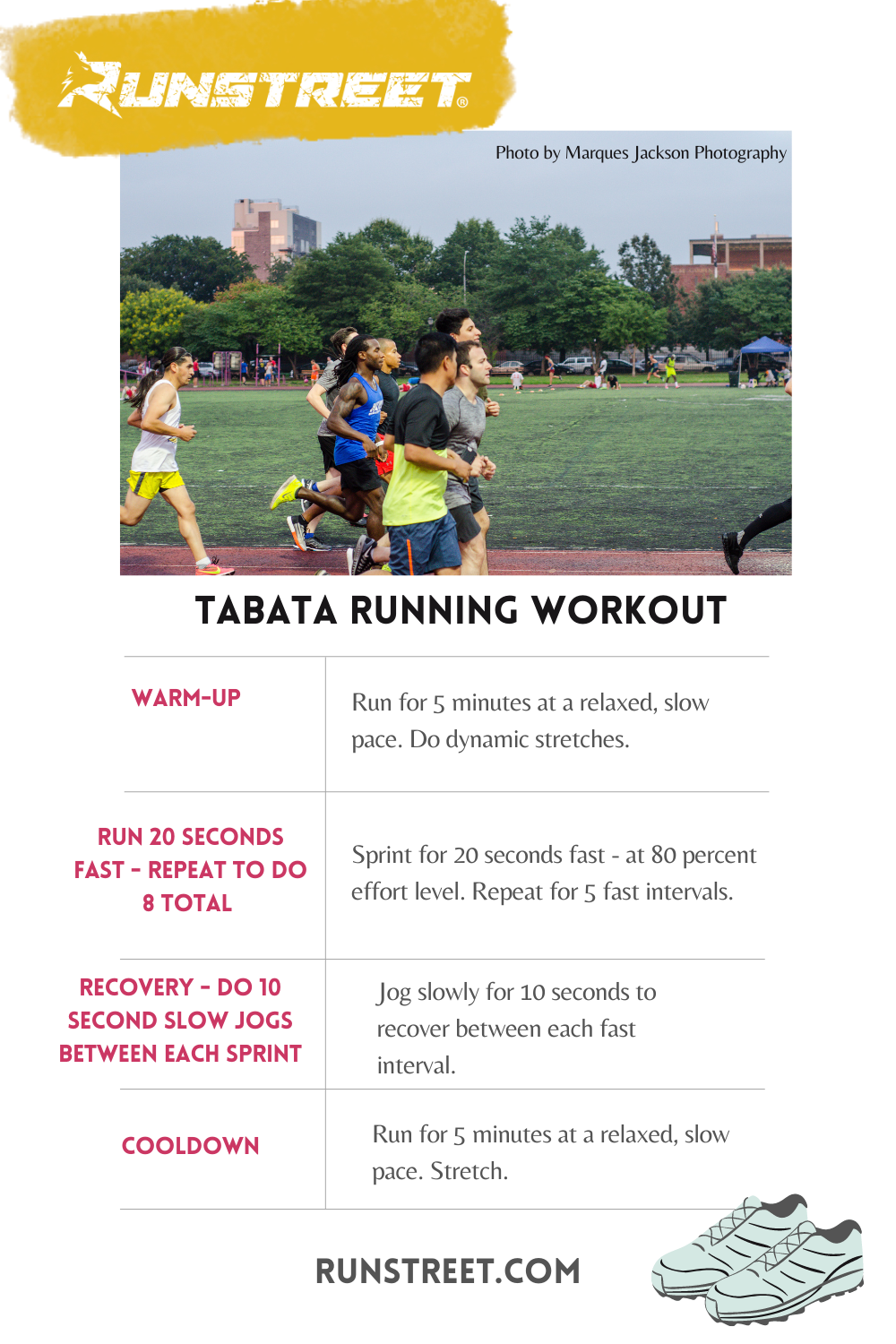Running Workout Techniques: Strategies to Improve Stamina and Rate
Running Workout Techniques: Strategies to Improve Stamina and Rate
Blog Article
Conquering Discomfort in Operating: Techniques and Techniques That Work
Pain is a common companion for several joggers, frequently working as an obstacle to attaining their wanted objectives. With the appropriate methods and methods, it is possible to get rid of and even avoid the discomfort linked with running. By discovering various techniques such as comprehending the different kinds of running discomfort, enhancing shoes and type, incorporating cross-training and stamina exercises, applying effective healing approaches, and maintaining proper nutrition and hydration, runners can possibly reduce their pain and improve their total running experience.
Recognizing Different Types of Running Pain

Another kind of running discomfort is joint pain, which can materialize as a sharp or achy pain in areas such as the knees, hips, or ankles (running workout). Joint discomfort might be brought on by elements like incorrect running type, overuse, or underlying problems like joint inflammation (try this). It is necessary to distinguish in between muscular tissue soreness and joint pain, as the latter might need clinical attention to avoid more injury
Comprehending the different types of running pain is important for efficient administration and avoidance strategies to ensure a safe and enjoyable running experience.
Correct Shoes and Running Form
To optimize performance and reduce the threat of running-related injuries, picking proper footwear and preserving appropriate running type are important components for joggers of all degrees. Correct shoes plays a critical duty in supplying support, padding, stability, and protection for the feet and reduced arm or legs. It is recommended to choose running footwear that are specifically developed for the individual's foot kind, running gait, and the sort of running task they participate in. Obtaining suitabled for footwear at a specialty running store can help ensure the appropriate fit and support.

Cross-Training and Strength Exercises
Strength workouts, like squats, lunges, and core exercises, play a vital function in stabilizing muscular tissues and boosting running effectiveness. They can fix muscle inequalities, boost agility, and improve power result, all of which are important for running performance.
Integrating cross-training and toughness exercises right into a running program ought wikipedia reference to be done purposefully. It is necessary to permit for appropriate rest in between running sessions and cross-training activities to stop overuse injuries. Furthermore, focusing on appropriate form and technique during stamina exercises is crucial to maximizing their advantages and decreasing the risk of injury. By including these aspects right into a running routine, joggers can build a more powerful foundation, boost performance, and appreciate a much more lasting running experience.
Recovery and Rest Techniques
Having actually established the relevance of cross-training and strength workouts in a comprehensive running regimen, interest can currently be directed towards Recuperation and Rest Methods as integral parts for optimizing efficiency and reducing the danger of injuries. (running strategy)
Recovery after running is vital for muscle repair service and development. Techniques such as foam rolling, extending, and massage therapy help in minimizing muscle soreness and enhancing adaptability. Adequate rest between runs permits the body to recover and adapt to the physical anxiety, protecting against overuse injuries.
Incorporating active healing days right into a training schedule, where low-intensity activities like walking or cycling are done, can boost blood flow and promote healing without putting excess stress on the muscle mass. In addition, proper hydration and nutrition play a crucial duty in the recuperation procedure by replenishing lost fluids and nutrients.
Quality rest is one more necessary element of recovery that ought to not be ignored. Throughout sleep, the body undertakes repair and regrowth processes, adding to overall physical and psychological health. By focusing on recuperation and remainder strategies, joggers can keep ideal efficiency levels and minimize the chance of experiencing discomfort or injuries.
Nourishment and Hydration for Runners
Carbs supply energy for running, while healthy proteins aid in muscular tissue repair and recuperation. Appropriate hydration is additionally vital to keep optimal efficiency, as also mild dehydration can adversely impact running performance. Furthermore, timing dishes and snacks appropriately before runs can help stop stomach pain and provide the required power for peak efficiency.
Conclusion
To conclude, by recognizing the various kinds of running discomfort, wearing proper footwear, preserving right running kind, incorporating cross-training and strength exercises, focusing on recuperation and remainder, and concentrating on nutrition and hydration, runners can effectively conquer discomfort and boost their efficiency. Applying these strategies and techniques can help runners avoid injuries, improve their endurance, and eventually take pleasure in an extra meeting running experience.
Report this page